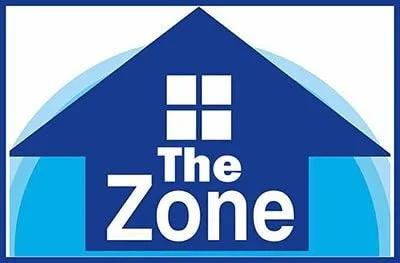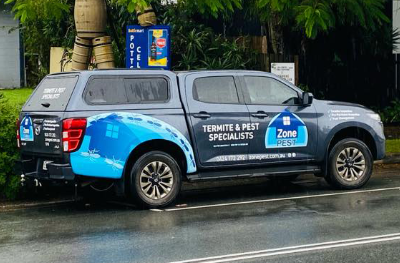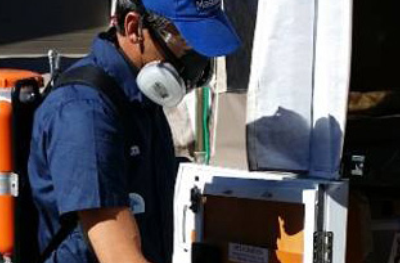
Zone Pest Articles Library - 9 Early Warning Signs of a Termite Infestation
Pest Control and Termite Management Specialists Servicing the Northern Rivers, Tweed Coast & Gold Coast
9 Early Warning Signs of a Termite Infestation
Termites are often called "silent destroyers" because they can cause significant damage to your home before you even realize they're there. In Australia, where termite activity is prevalent, early detection is crucial to prevent costly repairs.
Here are nine early warning signs that may indicate a termite infestation in your home:
Here's what you need to look out for:
Subterranean termites build pencil-sized mud tubes to travel between their colony and food sources. These tubes provide moisture and protection from predators. Look for them along foundations, walls, and crawl spaces. Their presence is a strong indicator of termite activity.
Mud Tubes on Walls and Foundations
Termite swarmers (alates) shed their wings after finding a new nesting site. Finding discarded wings near windowsills, doors, or light fixtures suggests that a termite colony may be nearby or already established in your home.
Discarded Wings Near Windows or Doors
Termites consume wood from the inside out, leaving a thin veneer of timber or paint. Tapping on an area that sounds hollow or papery
can indicate internal damage. Check skirting boards, floors, and door frames for these signs.
Hollow or Papery Sounding Wood
Moisture from termite activity can cause paint to bubble or peel and wallpaper to warp. These signs are often mistaken for water damage,
but could indicate termites beneath the surface.
Bubbling or Peeling Paint and Wallpaper
Termite damage can cause wood to warp, making doors and windows difficult to open or close. If you notice sudden stiffness in these areas, it might be due to termite activity altering the wood's structure.
Sticking Doors and Windows
Drywood termites leave behind small, pellet-like droppings known as frass. These resemble sawdust or coffee grounds and are typically found near entry points or damaged wood. Their presence is a clear sign of an active infestation.
Termite Droppings ( Frass )
Termites feeding on subflooring can cause wood floors to blister, sag, or feel spongy. Inspect your flooring for any unusual changes in texture or appearance, especially in areas prone to moisture.
Blistering or Damaged Flooring
Termites feeding on subflooring can cause wood floors to blister, sag, or feel spongy. Inspect your flooring for any unusual changes in texture or appearance, especially in areas prone to moisture.
Visable Termites or Swarmers Indoors
Termite damage can lead to cracks, bubbles, or sagging in walls and ceilings. These structural changes occur as termites weaken the wood,
compromising the integrity of your home's framework.
Cracked or Distorted Walls and Ceilings
Early detection of termite activity is vital to protect your home from significant damage. Regular inspections and being vigilant for these warning signs can save you from costly repairs. If you suspect a termite infestation, it's essential to contact a licensed pest control professional promptly to
assess and address the issue effectively.
In Conclusion
At Zone Pest, we specialize in identifying and mitigating termite risks. Our experienced team conducts thorough inspections and provides tailored solutions to protect your property. Contact us today to schedule an inspection and ensure your home remains termite-free.
Remember, Australian Standards recommend having a licensed and insured pest manager inspect your property at least
once a year to maintain optimal protection against termites.
Give Matt a call to book a Pest Control or Termite Management Service
Northern Rivers, Tweed Coast & Gold Coast Termite and Pest Control
Contact Us today to make a booking or learn more




